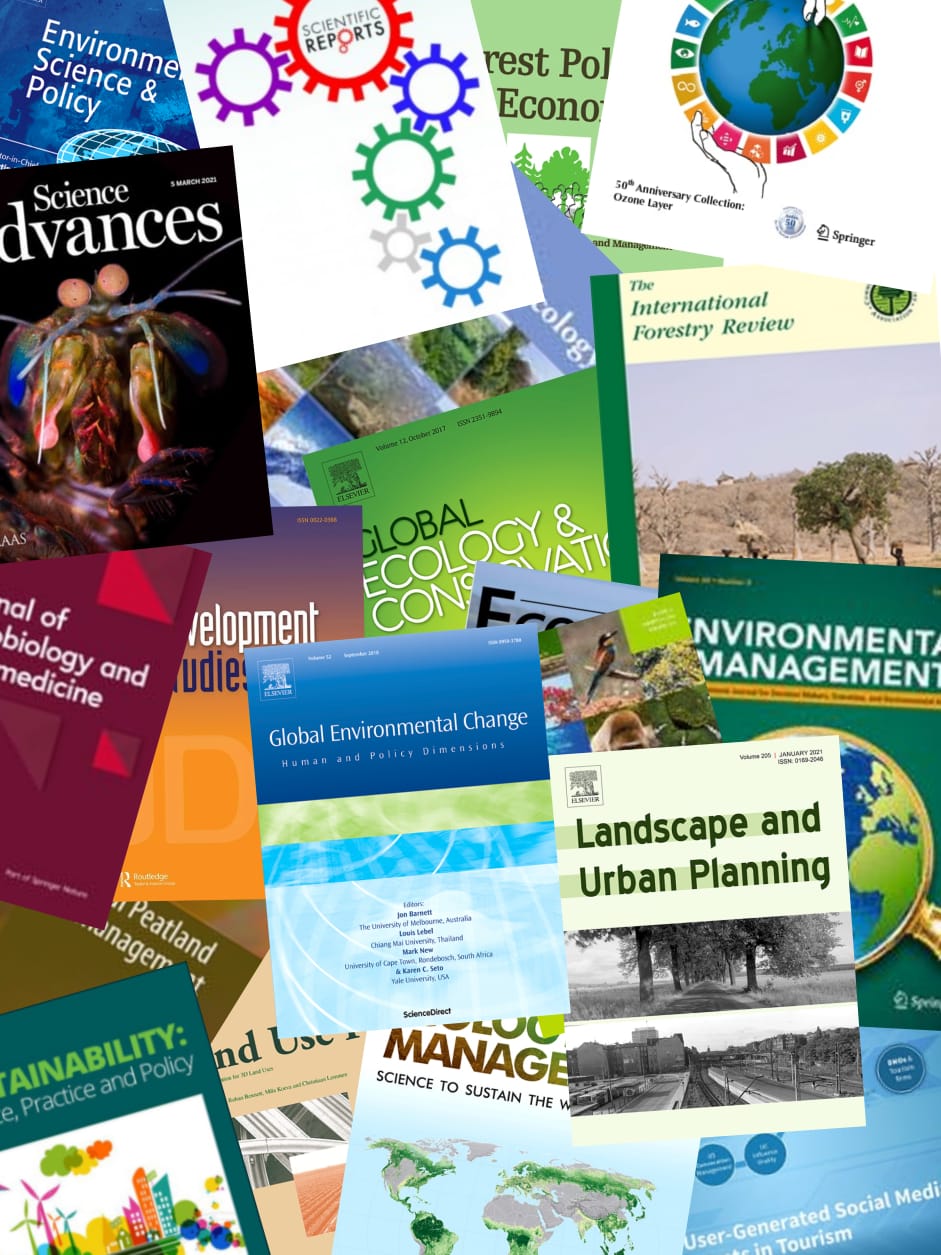Indonesia is home to around 45% of the world’s tropical peatlands which continue to be degraded on a large scale by deforestation, drainage and fire, contributing massively to global GHG emissions. Approaches to restoring the peat–water balance and reducing emissions in peat hydrological units, through managing them based either on full protection or large-scale commercial production, have generally failed to address environmental and local community needs. We present published and unpublished findings pointing to the need for an integrated peatland protection and restoration strategy based first on raising water levels in degraded (drained) peatlands and maintaining them in forested peatlands, thus, reducing GHG emissions. Second, the strategy incorporates ecologically sound agroforestry business models that strengthen livelihoods of smallholders and so sustain their interest in sustainably managing the peatlands. In this paper, we focus on the second element of this strategy in Indonesia. Eight agroforestry business models are proposed based on their merits to attract both smallholders and commercial investors as well as their compatibility with hydrological rehabilitation of the peatlands. While financial returns on investment will vary across sites and countries, our analysis indicates that some models can be profitable over both short and longer time periods with relatively low levels of investment risk.
View source

